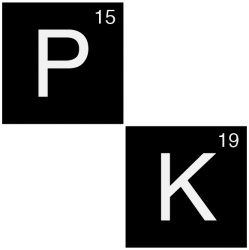“Model describing drug absorption, distribution and elimination in the body which is represented as one or several compartments”
Description
The compartmental modeling of pharmacokinetics consists in describing the fate of a drug in the body, depicted as an entity divided into compartments. The drug leaves the site of administration (absorption) to enter a central compartment, from which it is both exchanged with peripheral compartments (distribution) and irreversibly eliminated (metabolism and excretion). Movements of drug from one compartment to another can be characterized by transfer rate constants: in linear kinetics, the rate of transfer is assumed to be directly proportional to the amount of drug available for transfer. In each compartment, characterized by its own volume, the drug concentrations are proportional to the amount. Compartments, volumes and constants do not have a direct anatomical or physiological signification. A compartment involves several organs or tissues and is kinetically homogenous.
Drug is administered to and distributed from the central compartment. Usually, all the compartments are linked to the central compartment (mammillary model). This compartment encompasses the initial dilution volume, which is generally composed of plasma and additional spaces into which the drug diffuses extremely rapidly. Elimination is generally depicted as occurring directly and exclusively from the central compartment.
In a single compartment model, the drug distribution is considered instantaneous throughout the entire volume of distribution. In other cases, certain tissue reservoirs or peripheral compartments can be distinguished from the central compartment and the plasma concentration of the drug appears to decay in a manner described by multiple exponential phases. For example, in a two-compartment model, tissues, into which the drug distributes more slowly, are lumped together as one peripheral compartment. The drug enters and leaves this peripheral compartment from the central compartment at a rate depending on transfer rate constants. The transfer from the central compartment to the peripheral compartment can be quite fast, and the corresponding rapid decrease in the drug plasma concentration is called the distribution phase. The second phase is the elimination phase, which is longer, because the drug must first diffuse back from the peripheral compartment to the central compartment in order to be eliminated.
Clinical implications
By describing the events observed and giving an explanation of the underling mechanisms, compartmental modeling allows predictions regarding the pharmacokinetics of a drug. This allows a better a priori adaptation of the dosage regimen of a drug in a particular situation.
Related terms
Model: theoretical representation of a process that could explain the events observed.

